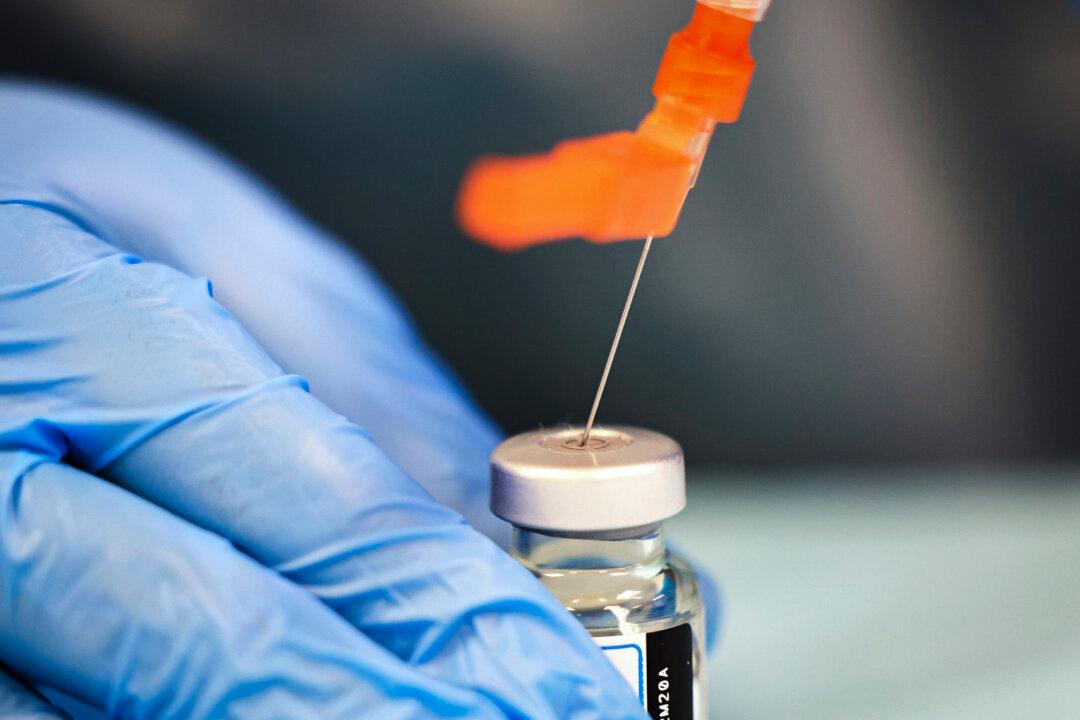Hundreds of people in Washington state are under public health supervision for the novel coronavirus, state officials said on Feb. 17.
The 712 people being monitored are at risk of having been exposed to the virus, the Washington State Department of Health said.
The first confirmed case of the COVID-19 virus in the United States was in Washington; the Snohomish County man was treated and has been released from the hospital. Twenty-four others have tested negative for the virus.
According to the Centers for Disease Control and Prevention, close contact means being within about six feet of a person who has the virus for a prolonged period of time. Close contact can also mean direct contact with secretions from a person with a confirmed case.
While hundreds are being monitored in the state, there are no persons under investigation (PUIs), the department said. A person under investigation is an ill patient who might have the new coronavirus. Because there are no PUIs, there are no pending test results.
“This is an extra layer of our response that will help us detect if and when this virus is spreading in the community,” Dr. Nancy Messonnier, director of the Centers for Disease Control’s (CDC) National Center for Immunization and Respiratory Diseases, said last week. “All of our efforts now are to prevent the sustained spread of the virus in our community, but we need to be prepared for the possibility that it will spread.”


Coronaviruses typically circulate among animals but can, in rare cases, jump from animals to humans before starting to spread from person to person. Some viruses are man-made. Officials in China or at agencies elsewhere have not confirmed the origins of the new virus, and the World Health Organization has left open the possibility of the virus not originating with an animal.
Coronaviruses spread to humans through the air when an infected person coughs or sneezes, through close personal contact, and through touching an object or surface with the virus on it and then touching the mouth, nose, or eyes. A fourth way, which occurs rarely, is fecal contamination.
Symptoms of the new virus are similar to symptoms of the flu and include fever, coughing, and a headache. Other symptoms, such as confusion, have also been reported in some cases.
Experts recommend washing hands often as a way to stave off infection. People should also not touch their eyes, nose, or mouth with unwashed hands; avoid close contact with people who are sick; and clean and disinfect objects and surfaces.
If people are feeling sick, they should self-isolate at home. Sick people are also asked to use a tissue when they cough or sneeze and throw the tissue in the trash before washing their hands. And they should wear masks if they are going out in public, such as going to a doctor.
There are no known treatments for the new virus, and no vaccine. While some people who became infected with the new virus have recovered, it has also killed hundreds of people, primarily in China.
The virus emerged in Wuhan, China, in December 2019.





